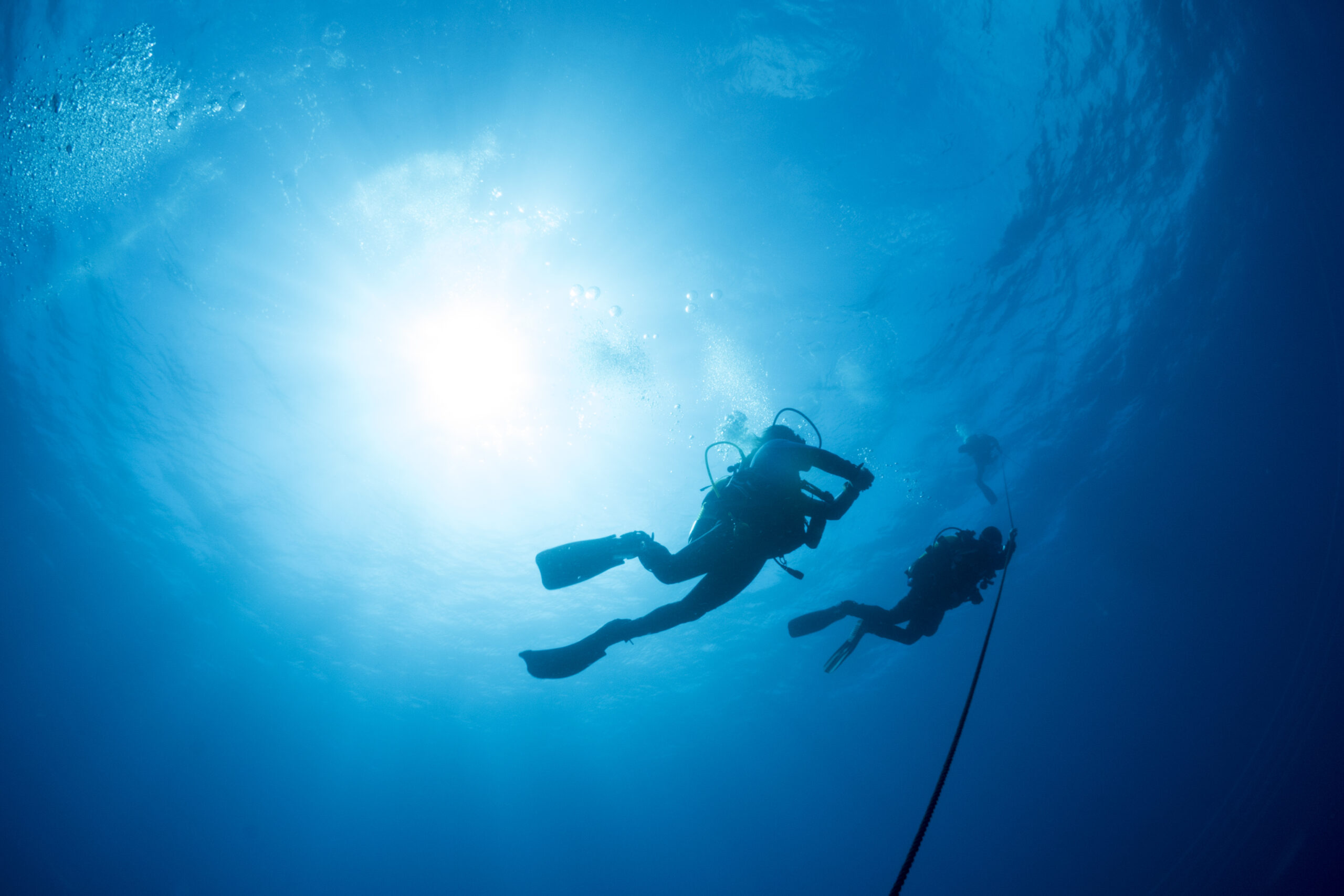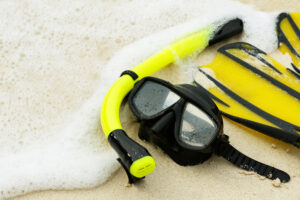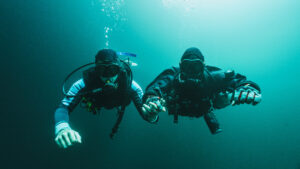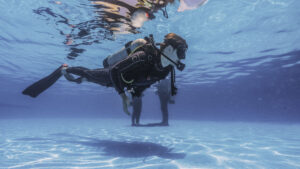What is Decompression in Scuba Diving?
Decompression is a critical aspect of scuba diving and refers to the process by which a diver transitions from a higher ambient pressure to a lower ambient pressure during their ascent to the surface. This process is essential for the safe elimination of dissolved inert gases, such as nitrogen, from the body’s tissues. Failure to properly decompress can result in decompression sickness (DCS), a potentially life-threatening condition. In this article, we will take a closer look at the principles of decompression, the physiological implications, decompression procedures, and safety considerations for scuba divers.
Understanding Decompression
When a diver descends in the water column, the ambient pressure around them increases due to the weight of the water above. This increased pressure causes the diver’s body to absorb more inert gases, primarily nitrogen, which dissolves into their tissues. As the diver ascends and the ambient pressure decreases, these dissolved gases must be eliminated from the body in a controlled manner to prevent the formation of gas bubbles in the bloodstream and tissues.
The process of decompression relies on the understanding of the body’s tissues as a series of compartments, each with varying rates of gas absorption and elimination. This concept, known as the “compartment model,” forms the basis for decompression algorithms and tables used by divers to plan their ascents.
Physiological Implications
During the decompression process, the dissolved gases in the body’s tissues must be eliminated efficiently to prevent the formation of bubbles that could cause injury. The body accomplishes this through the circulatory and respiratory systems. As the gas pressure within the body decreases during ascent, the dissolved gases are gradually released into the bloodstream and transported to the lungs, where they are expelled through exhalation.
If the ascent is too rapid or the diver has absorbed too much gas, the pressure reduction can cause dissolved gases to form bubbles in the bloodstream and tissues. These bubbles can cause a range of symptoms, from mild joint pain to severe neurological complications, collectively known as decompression sickness (DCS).
Decompression Procedures
To minimize the risk of DCS, divers must adhere to established decompression procedures based on decompression algorithms or tables. These guidelines dictate the appropriate ascent rates, depths, and durations for decompression stops, which are planned pauses during the ascent to allow the body to eliminate dissolved gases.
Ascent Rates
A slow and controlled ascent is crucial for safe decompression. The recommended ascent rate is typically 9-18 meters (30-60 feet) per minute, depending on the specific dive computer or decompression table being used.
Safety Stops
A safety stop is a precautionary decompression stop made at a shallow depth (usually 5 meters or 15 feet) for 3 to 5 minutes. This allows for additional off-gassing and is highly recommended for all dives, even those that do not require formal decompression stops.
Decompression Stops
For dives that exceed the no-decompression limits, decompression stops are mandatory. These stops are performed at specific depths and durations according to the dive profile and decompression algorithm or table being used.
Emergency Decompression
In the event of an unplanned or missed decompression stop, divers should follow emergency decompression procedures outlined in their training and dive computer guidelines to minimize the risk of DCS.
Safety Considerations
Divers must adhere to several safety considerations to ensure proper decompression:
Dive Planning
Prior to diving, divers should plan their dives using decompression algorithms or tables, accounting for depth, duration, and gas mixtures. This plan should include appropriate decompression stops and ascent rates.
Dive Computers
Dive computers provide real-time monitoring of a diver’s depth, time, and decompression status. They can also automatically adjust the decompression plan based on the diver’s actual dive profile, making them an invaluable tool for decompression management. It is essential to understand and follow the recommendations provided by the dive computer.
Gas Management
Proper gas management is crucial for decompression safety. Divers must ensure they have sufficient gas supplies to complete the dive, including decompression stops. It is also important to monitor gas consumption throughout the dive to avoid running out of air during decompression.
Buddy System
Diving with a buddy ensures that assistance is available in case of an emergency. Buddies should have compatible dive plans and be prepared to assist each other during decompression stops.
Training and Experience
Divers should receive appropriate training and certification in decompression procedures from recognized organizations. Gaining experience through progressively deeper and longer dives can help divers become more comfortable and adept at managing decompression.
Physical Fitness and Health
Good physical fitness and health are essential for safe decompression. Divers should maintain a healthy lifestyle, avoid smoking, and stay well-hydrated. Some medical conditions, such as obesity, diabetes, and cardiovascular disease, may increase the risk of DCS, so it is important to consult with a diving physician before engaging in decompression diving.
Environmental Factors
Divers should be aware of environmental factors, such as water temperature and currents, which can impact decompression safety. Cold water can reduce a diver’s ability to off-gas efficiently, while strong currents may make it difficult to maintain proper decompression stops.
Post-Dive Precautions
After a dive, especially one involving decompression, divers should avoid activities that may increase their risk of DCS, such as flying or ascending to high altitudes. A minimum surface interval of 12-24 hours is recommended before engaging in these activities.
Decompression is a vital aspect of scuba diving that requires careful planning and adherence to established procedures. Proper decompression allows divers to safely eliminate dissolved inert gases from their body during ascent, minimizing the risk of decompression sickness. By understanding the principles of decompression, following appropriate procedures, and considering safety factors, divers can enjoy the underwater world while maintaining their health and well-being.











